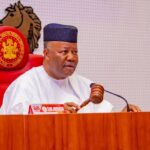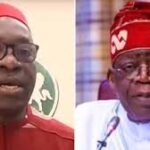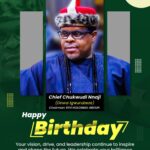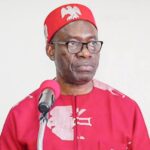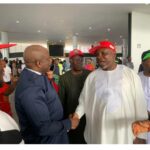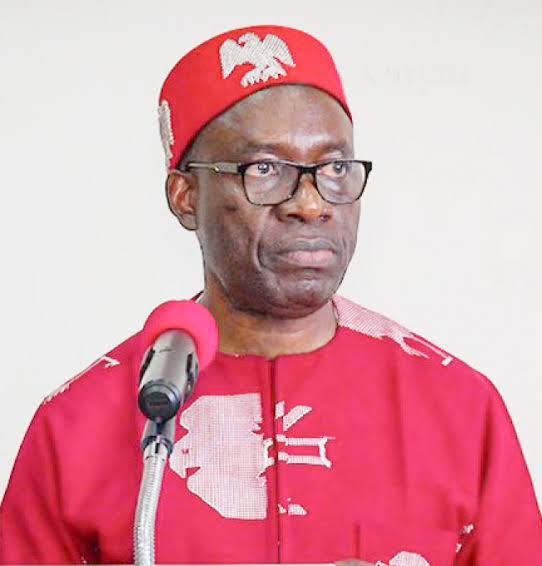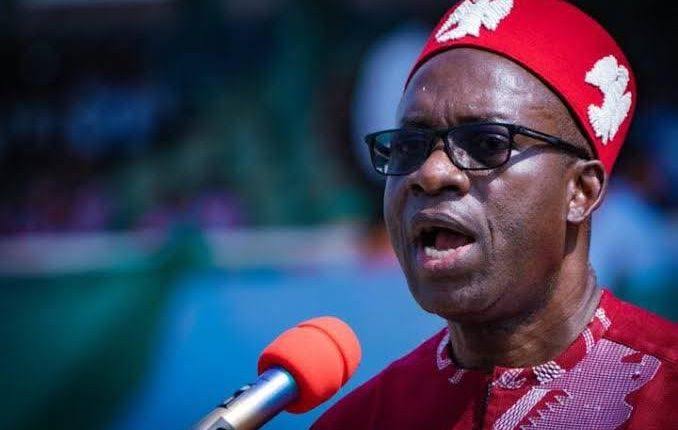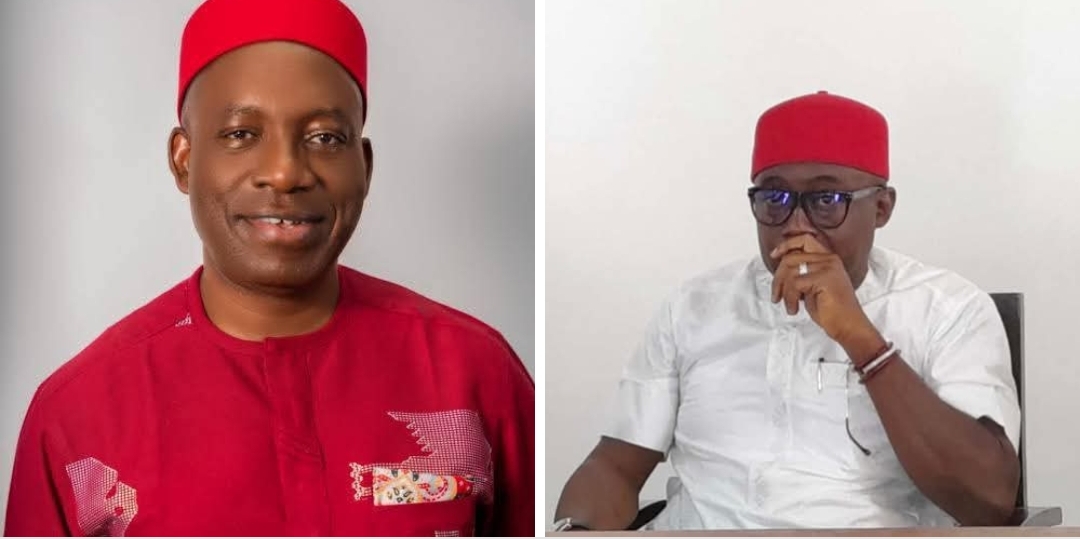By Kelvin Ike Mgbemena
Today, Governor Charles Soludo once again revealed his fixation on Mr Peter Obi by using President Bola Ahmed Tinubu’s visit to Anambra State as an opportunity to launch veiled and unwarranted attacks against him.
During the visit, Governor Soludo claimed in his speech that the last visit by a sitting President to the state was merely to commission a brewery and other private investments. This assertion is both misleading and historically inaccurate.
Contrary to Governor Soludo’s claim, former President Goodluck Ebele Jonathan paid five official visits to Anambra State during his tenure – each marked by impactful public and private sector engagements that significantly advanced the state’s socio-economic development.
On October 15, 2010, President Jonathan paid his first official working visit to Anambra. During the visit, he commissioned several key projects, including the Innoson Vehicle Manufacturing plant in Nnewi; the Chukwuemeka Odumegwu-Ojukwu Teaching Hospital, built from the ground up by Mr Obi; the Kenneth Dike Central Library; the twin-building State Secretariat (the first in the state’s history); and the Emergency Management Complex. He also launched the Parenteral Drug Factory of Juhel Pharmaceuticals and commissioned a number of state roads, including Zik’s Avenue, Odor Bridge, the eight-lane Head Bridge–Upper Iweka Road, among others.
On August 30, 2012, President Jonathan returned to Anambra to inaugurate Orient Petroleum’s oil drilling facilities in Aguleri-Otu—made possible by massive state investment under Mr Peter Obi. He also inaugurated the Onitsha River Port Complex and commissioned various private-sector-led investments inspired by Mr Obi’s administration. Over 15 roads within the Onitsha Harbour Industrial Estate were completed and commissioned during the visit. Key facilities commissioned within the estate included SABMiller Brewery (Intafact), Orange Drugs Company, Krisoral Company, and Brollo Steel Company, among others.
His third and fourth visits were to sympathise with victims of the devastating floods in Anambra and to attend the funeral of Dim Chukwuemeka Odumegwu-Ojukwu, respectively.
His fifth and final visit came on March 10, 2014, when he officially flagged off the construction of the ₦117 billion Second Niger Bridge. This historic occasion—held just days before Mr Obi left office—saw President Jonathan acknowledge Mr Obi’s persistence and instrumental role in pushing the project forward. The contract was re-awarded to Julius Berger following Mr Obi’s insistence on a reputable contractor to ensure quality delivery.
It is important to underscore that Mr Peter Obi deliberately encouraged the commissioning of private investments during presidential visits. His rationale was clear: while public infrastructure is expected from government, real economic growth requires private sector participation, which in turn benefits from federal attention and encouragement. This strategy attracted some of the most consequential investments in Anambra’s history—many of which remain top employers and major taxpayers today.
Intafact Brewery, which Governor Soludo referenced dismissively, stands today as not only the highest employer of labour in the state but also Anambra’s largest taxpayer. Its contribution to the state’s economy is immense. Other states, including Enugu, would consider themselves fortunate to host such a facility.
It should also be noted that the amusement park commissioned during President Tinubu’s visit was, until Mr Obi’s intervention, a flood-prone wasteland. It was Obi who reopened the closed water channel, constructed a massive culvert, and made the area accessible for future development.
Beyond Jonathan’s visits, former President Olusegun Obasanjo also visited Anambra during Peter Obi’s tenure. In 2006 and 2007, he commissioned several strategic projects, including the Onitsha Business Park, the Revenue House in Awka, the Anambra State Fire Service Headquarters, and flagged off the Awka–Nibo–Nise–Enugwu-Ukwu ring road. These events clearly dispel any notion that Anambra lacked presidential attention during Mr Obi’s time.
Regarding Soludo’s reference to the South-East’s endorsement of President Jonathan in 2011, it is worth pointing out that this was a collective decision by the South East’s leadership. They chose not to field a candidate for the presidency or vice presidency, opting instead to support Jonathan with the hope of reciprocal support in the future. It is therefore curious that Soludo failed to mention the type of adoption he meant which actually was the adoption of President Mohammad Buhari in 2015 and 2019.
Regrettably, Governor Soludo’s recent remarks continue a pattern of publicly undermining Mr Peter Obi—a trend that has persisted since the 2023 presidential campaign. Even more perplexing is that, rather than using President Tinubu’s visit to market Anambra and attract investment, Soludo chose to peddle a distorted version of history that downplays the state’s developmental strides.
While we sincerely thank President Tinubu for visiting Anambra and for the promises made—promises we hope will be fulfilled—it is essential that public officials speak truthfully, especially in the presence of national figures. Rewriting history for political gain not only disrespects past administrations but also insults the intelligence of Ndi Anambra.
Facts remain sacred. No amount of distortion can erase the visible legacy of impactful governance delivered during the Jonathan–Obi era.

